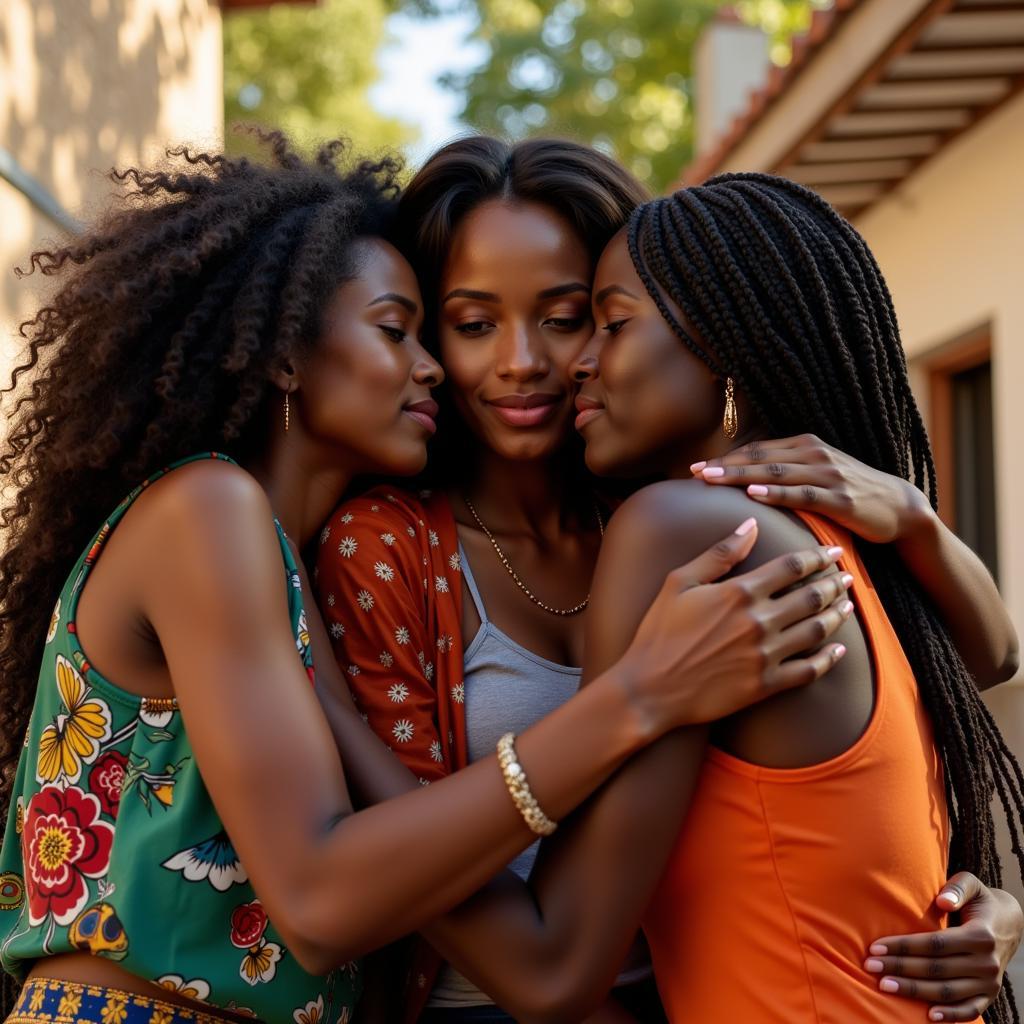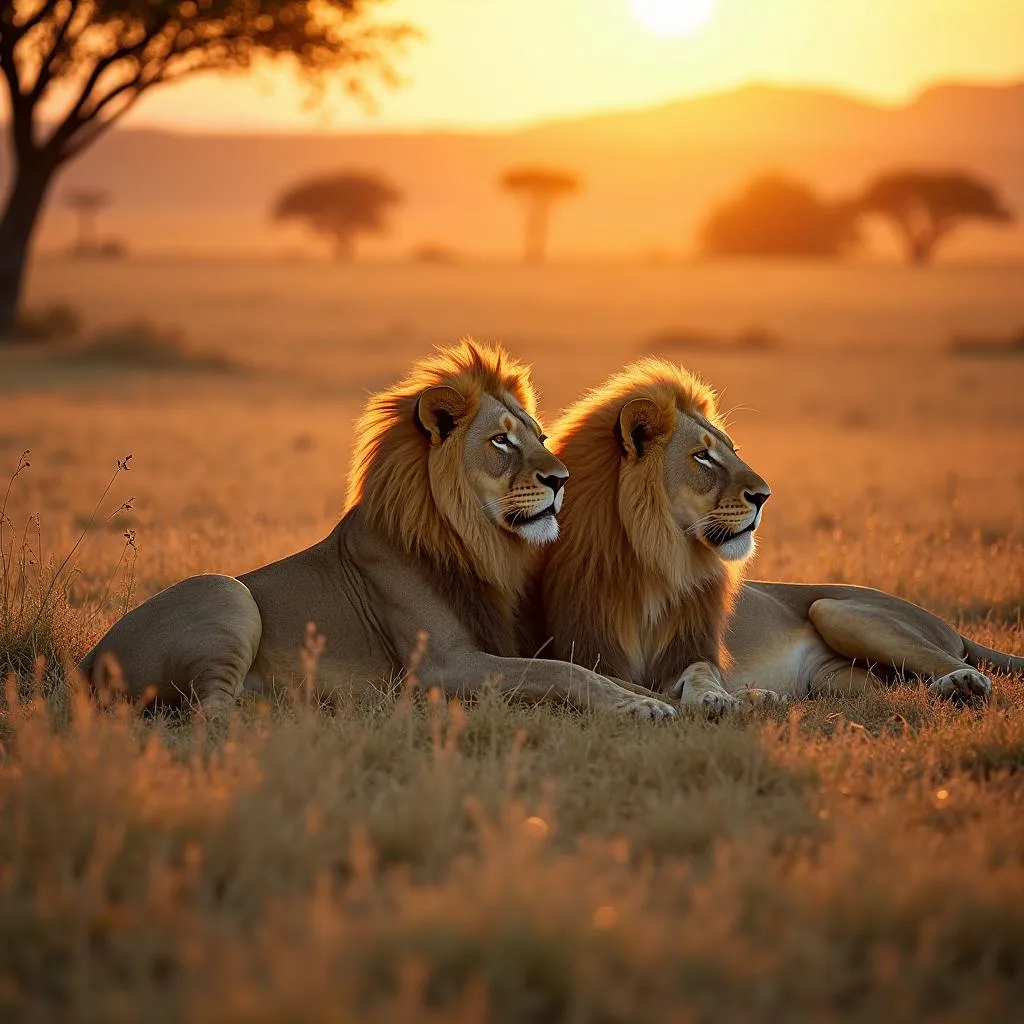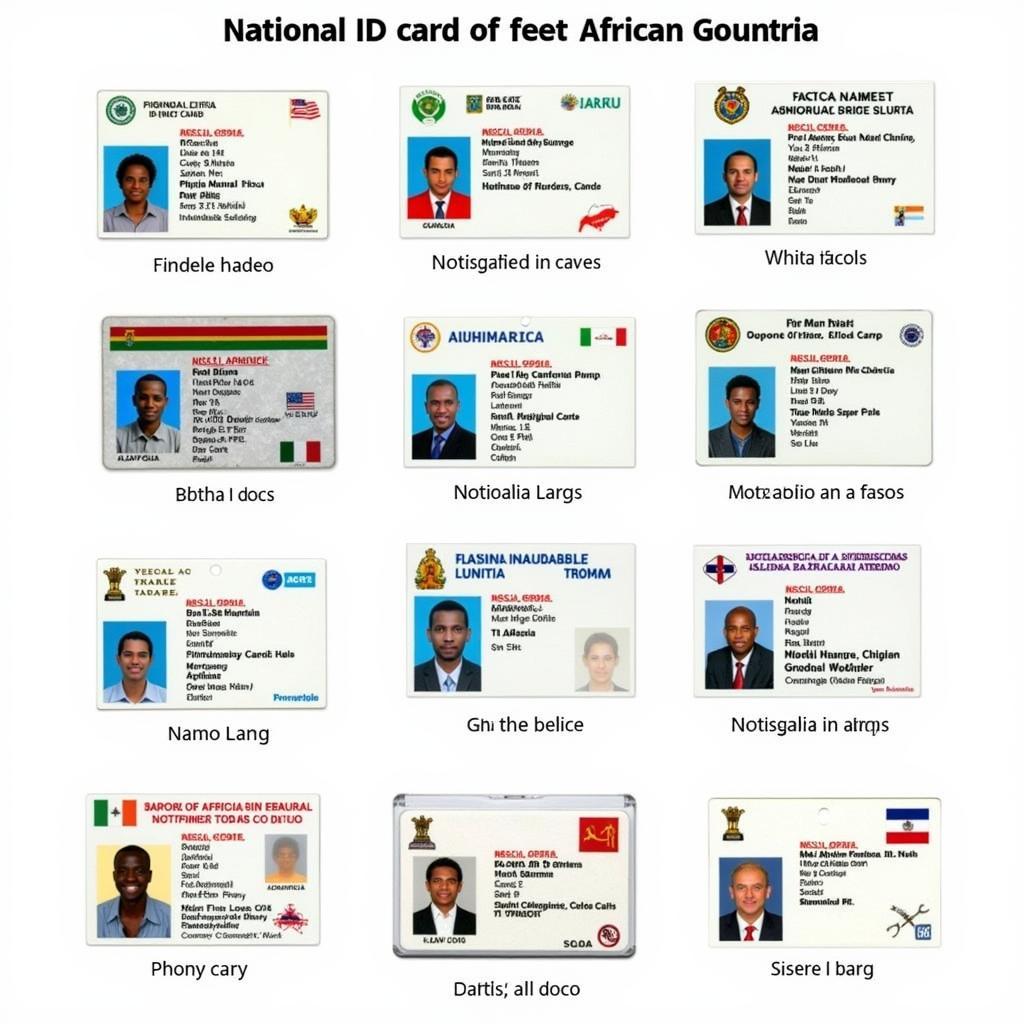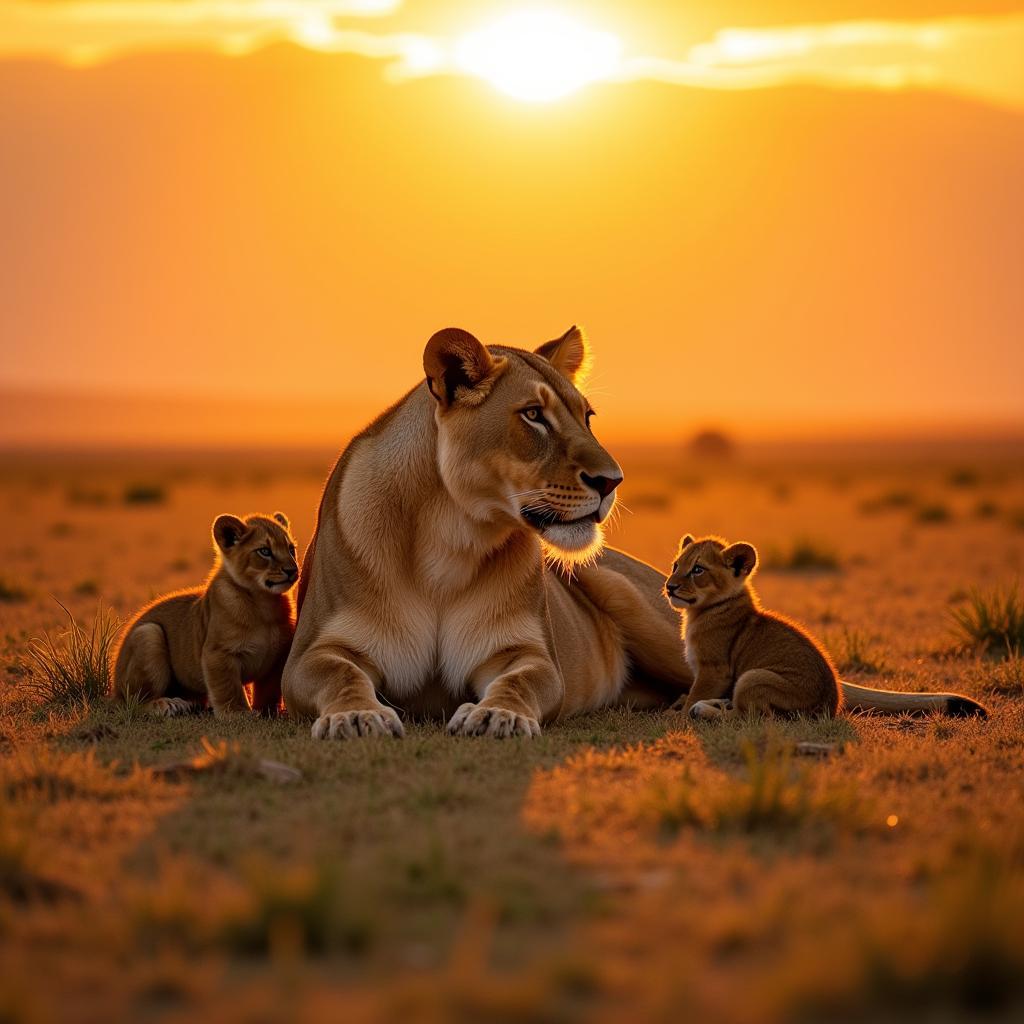African Folk Peoples Shouting: Exploring the Power of Vocal Expression
The vibrant tapestry of African culture is woven with threads of music, dance, storytelling, and ritual. Among these, the power of the human voice stands out as a potent force that transcends language and unites communities. African folk peoples have long used their voices to express joy, sorrow, praise, protest, and everything in between. This article delves into the rich history and diverse expressions of shouting in African cultures, unveiling the profound meanings and cultural significance behind this powerful form of communication.
The Roots of Shouting: A Historical Perspective
Shouting, as a form of expression, has deep roots in African history, predating the arrival of European colonialism. It was a fundamental part of daily life, used in various contexts, from religious ceremonies to social gatherings. For centuries, African communities have employed shouting as a means of:
- Communicating across vast distances: In societies where technology was limited, shouting was essential for conveying messages, warnings, and announcements across fields, valleys, and villages.
- Expressing emotions with raw intensity: From joyous celebrations to mournful laments, shouting served as a direct and powerful way to amplify emotions.
- Encouraging participation and cohesion: Group chanting and shouting provided a sense of unity and collective identity, fostering shared experiences and strengthening community bonds.
- Harnessing the power of the voice in rituals and ceremonies: Shouting played a crucial role in traditional African religions, where it was believed to have the ability to connect with spirits, ancestors, and deities.
The Diverse Forms of African Shouting
Shouting in African cultures takes on many forms, each with its unique style and purpose. Here are some examples:
- Call and Response: This classic form, found throughout Africa, involves a leader (usually a singer, chanter, or elder) who initiates a phrase or verse, followed by a group response. This interactive format fosters participation and builds a sense of shared energy.
- Chanting: Rhythmic chanting, often accompanied by percussion instruments, is a common feature in African ceremonies and celebrations. These repetitive chants create a trance-like atmosphere, evoking emotions and promoting spiritual connection.
- Praise Singing: This form is used to celebrate individuals, ancestors, or deities. The lyrics typically extol the virtues, achievements, and qualities of the subject, while the delivery involves a combination of singing, shouting, and rhythmic clapping.
- Grieving and Mourning: Shouting is often used in funeral ceremonies to express sorrow and honor the departed. Mourning cries and laments can be deeply emotional, reflecting the profound impact of loss on the community.
- Protest and Resistance: Throughout history, African peoples have used shouting as a powerful tool for expressing dissent and resisting oppression. Shouting has been employed in protests, demonstrations, and rebellions, serving as a defiant voice against injustice.
The Cultural Significance of Shouting
Shouting in African cultures is more than just a form of communication; it embodies a complex interplay of tradition, spirituality, and social expression. It:
- Preserves cultural heritage: Shouting practices often transmit ancestral knowledge, beliefs, and values across generations, ensuring the continuity of cultural traditions.
- Connects individuals to their communities: The shared act of shouting strengthens community ties, fostering a sense of belonging and collective identity.
- Empowers individuals and communities: Shouting allows individuals to express themselves freely, giving voice to their emotions, beliefs, and aspirations.
- Shapes spiritual experiences: Shouting plays a vital role in religious rituals, enhancing spiritual connection and fostering communion with the divine.
“Shouting is not just about making noise; it’s about letting the voice of your soul resonate with the world,” states renowned anthropologist Dr. Amina Hassan, who has dedicated her career to studying the role of the voice in African cultures.
The Enduring Legacy of African Shouting
The legacy of African shouting continues to resonate in contemporary music, dance, and performance art. From the powerful gospel choirs of the United States to the energetic rhythms of Afrobeat music, the influence of African vocal traditions can be seen and heard around the world.
FAQ
Q: What are some examples of African folk peoples who use shouting as a form of expression?
A: Various African ethnic groups across the continent utilize shouting in their traditions, including the Yoruba, Zulu, Igbo, Maasai, and many others.
Q: Is shouting always associated with emotional intensity?
A: While shouting can be used to express strong emotions, it also serves practical purposes like communicating over distance, summoning people, and guiding actions.
Q: Are there any specific types of shouting used in African music?
A: Yes, African music often incorporates shouts, chants, and call-and-response patterns, contributing to the unique rhythms and styles of various genres.
Q: How can I learn more about African folk peoples’ shouting traditions?
A: You can explore anthropological research, documentaries, and online resources dedicated to African music, dance, and cultural traditions.
Q: What is the importance of preserving African shouting traditions?
A: Preserving these traditions ensures the continuity of cultural heritage, strengthens community bonds, and provides valuable insights into the rich history and diverse expressions of the African continent.




